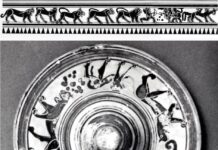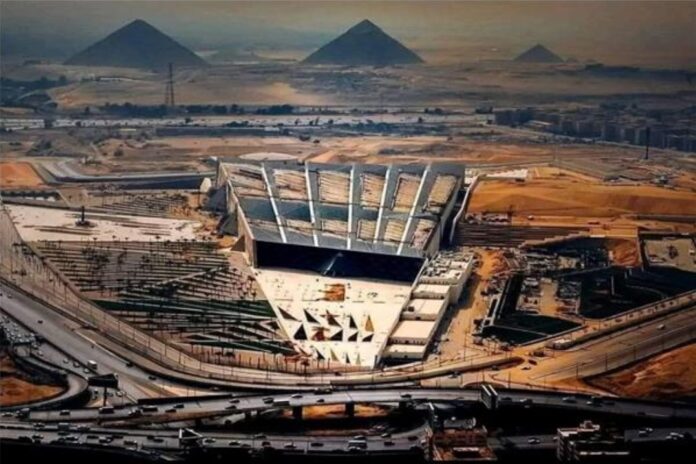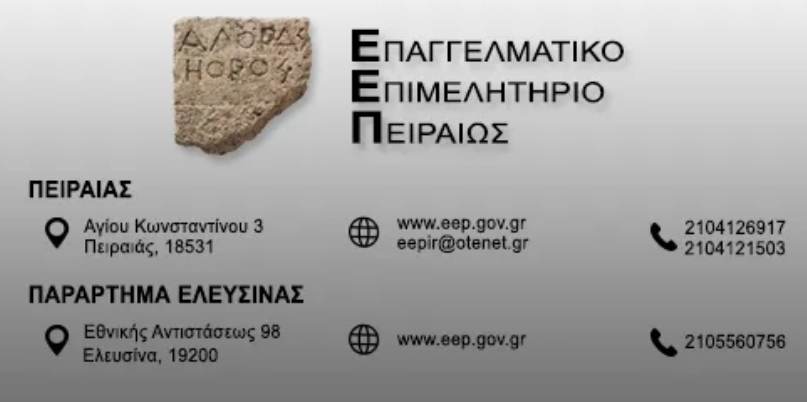Article by Dr. Reda Abdul Rahim
Επιμέλεια: Εύα Πετροπούλου Λιανού
There is no doubt that the connection of the Grand Egyptian Museum site with the Giza Pyramids gives it a special importance that is not available to other museums, as it is a museum of all ancient Egyptian antiquities within sight of the majestic Giza Pyramids in a visual association that calls for reflections on the symbolism of the place, the connection between the past and the present, and between modern technologies, and the techniques of building pyramids from stones.
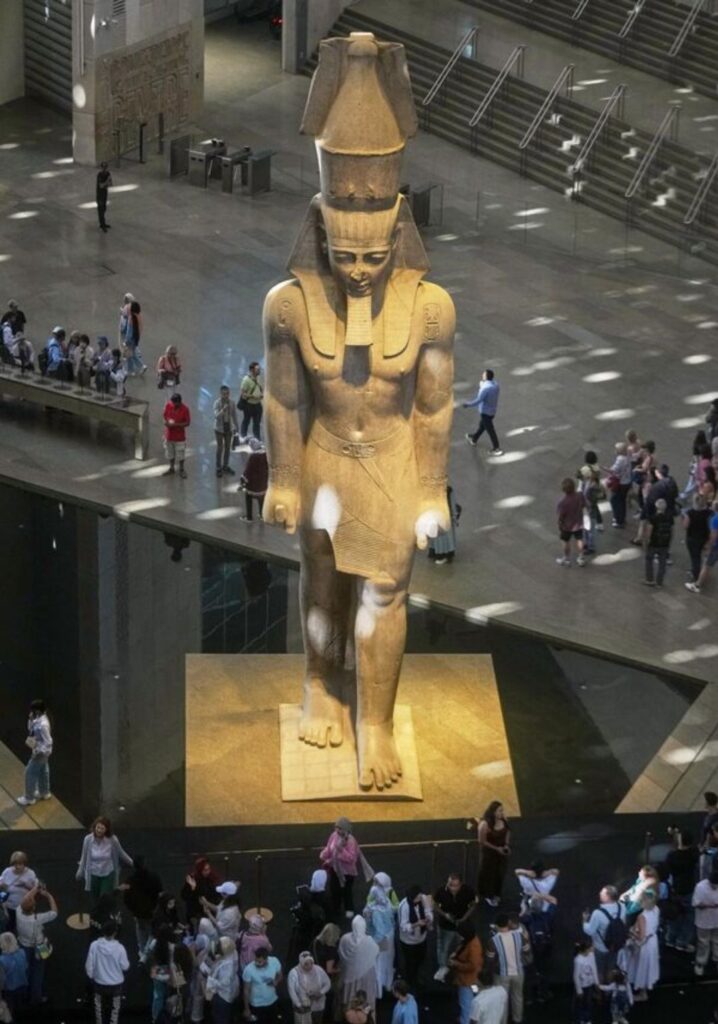
And I will take you, dear reader, on a brief trip to this great edifice, on a visit that urges you to visit it as soon as possible, to stand on the greatness of grandparents and grandchildren together. The Grand Egyptian Museum takes triangular geometric shapes that overlap in the facade different dimensions and shades of color, with a rhythm of dark triangles in color with the use of transparent alabaster(alabaster) sometimes in variations extending to the landscape layout surrounding the museum, with a visual extension on the one hand to the top of the Great Pyramid and on the other to the top of the The visual relationship of the museum, from a perspective that emphasizes the close connection between modern Egypt and what was lost in the Tallied.
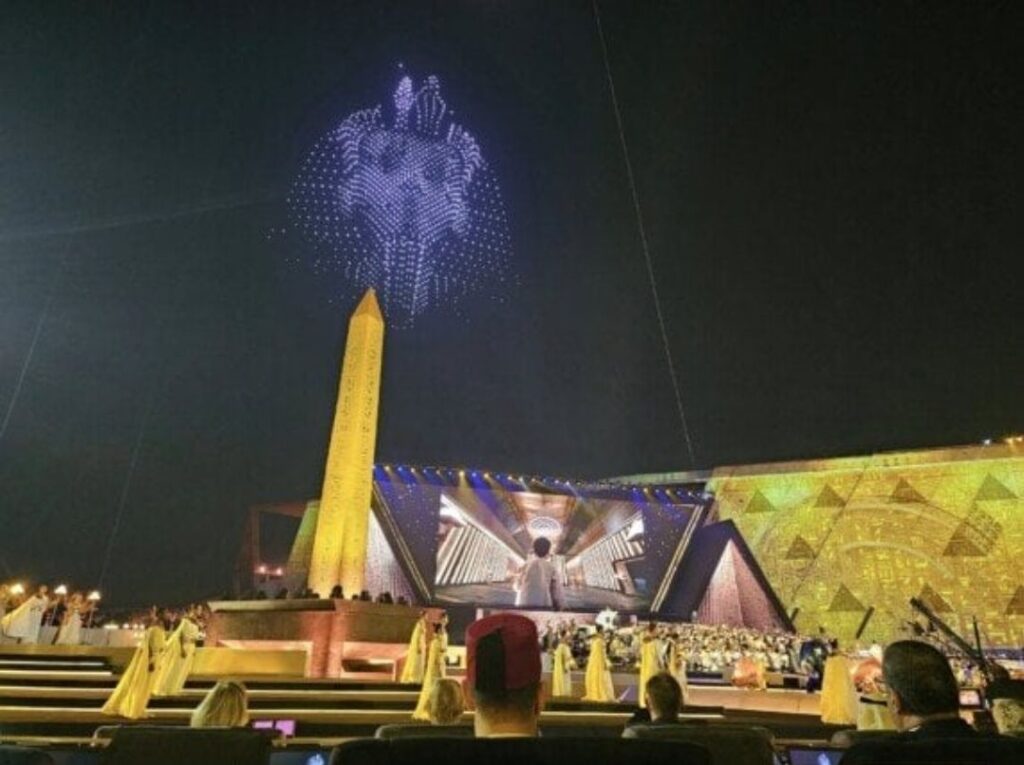
In front of the museum stands an obelisk symbolizing Majesty and power, belonging to King Ramses II from the city of San al-Hajar, east of the Delta, it was moved by lifting it on a base of four columns, engraved with the name of Egypt in all languages of the world, the base was designed to show at the bottom of the obelisk the cartouches of King Ramses II, becoming the first hanging obelisk in the world.
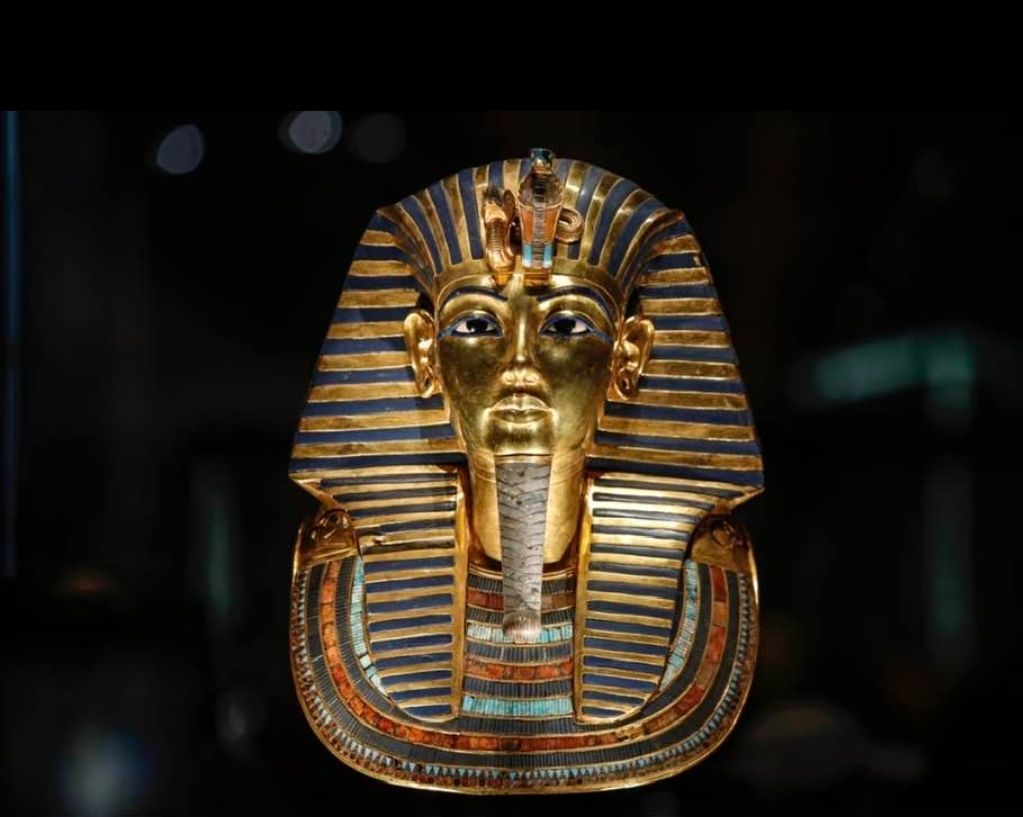
From the spacious obelisk Square, visitors enter the museum through a pyramidal gate to the main square, where the huge statue of Ramses II stands, which was initially transferred from MIT hostage in 1957 to the railway square” iron gate”, which has since been named Ramses Square. the huge statue rises in the museum’s spacious, high-rise interior courtyard with its pyramidal geometric shapes in which natural light manipulates with geometric designs through transparent alabaster stones and others in sloping ceilings that intersect with geometric formations triangular architectural blocks, suggesting pyramidal voids through which visitors move to a great staircase lined with statues of great Kings, while your steps lead you on 24-meter-high steps, through a distance of 64 meters, from the era of ancient Aquarius to the Greco-Roman era, through 72 statues, including the statue of Queen Hatshepsut, Amenhotep III, Akhenaten.

King Senusret I, in his Osirian form, and the god Ptah, whom the ancient Egyptians believed to have created the world with a word, also overlooks us through the eternal past, while Amenhotep III appears to us with “RA Hor my sister” to remind us of the cosmic philosophy of which the Royal Institution was an integral part, and RA The Sun God of Heliopolis was united with Horus the God of the south when the two countries United. The visitor passes on the stairs ascending from the thresholds of history to the era when the Mediterranean world opened up to the ancient Egyptian civilization, which in the Roman era combined Osiris and APIs into a Greek god called” Serapis” to spread his worship in the third century BC. From the great staircase through the glass facade overlooking the pyramids, the visitor enters the twelve exhibition halls, which begin with prehistory and end with the Roman era.

The shows celebrate three main themes: the property system, society and beliefs in galleries with an area of up to 18 thousand square meters.It is used to display collections and artifacts of more than 54 thousand pieces from different eras, and from all over Egypt and its spots, which are full of time-preserved Antiquities, rare collectibles in a chronological sequence that allows the visitor to choose his path through the ages, exploring societal transformations in each era. In addition, the museum includes a display of two of Khufu’s boats, and galleries dedicated to the contents of Tutankhamun’s Tomb, displayed together for the first time since its discovery in 1922.



